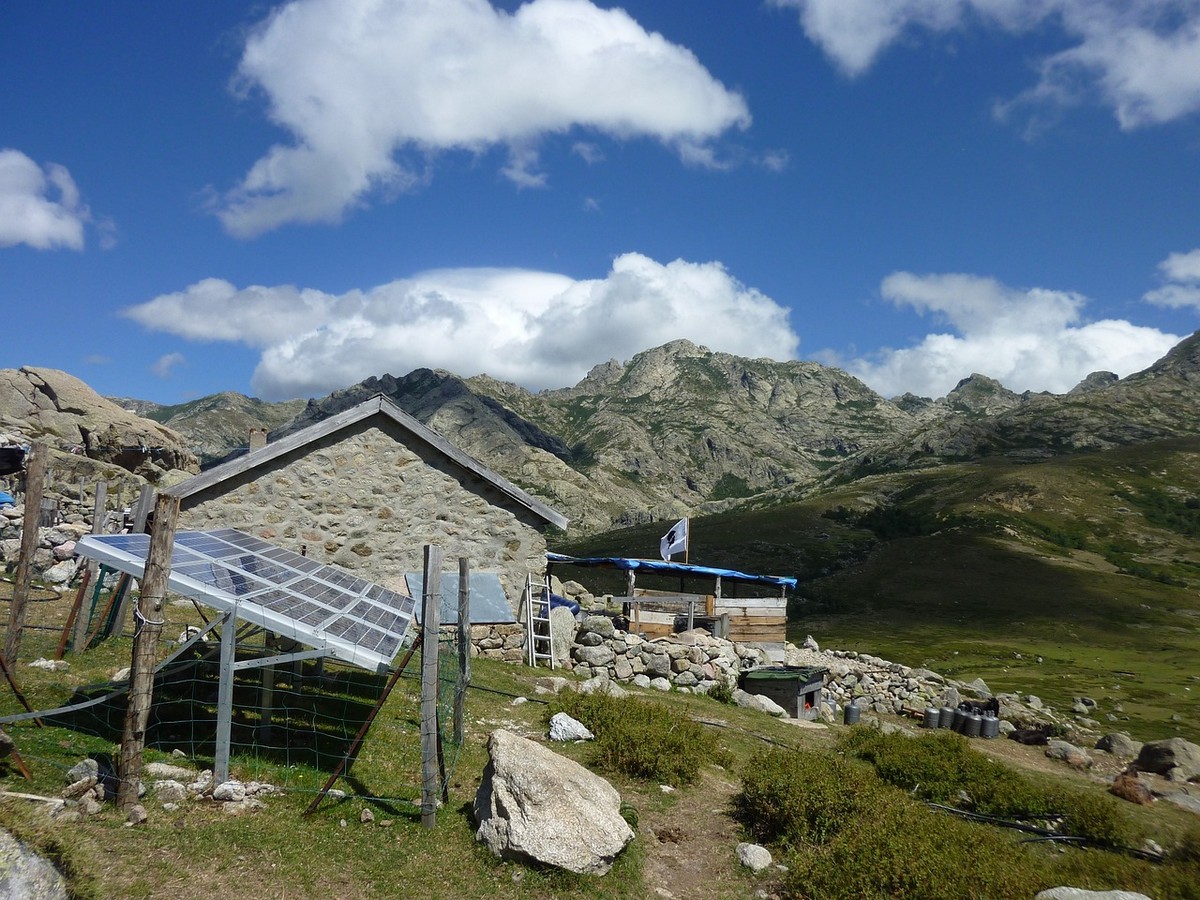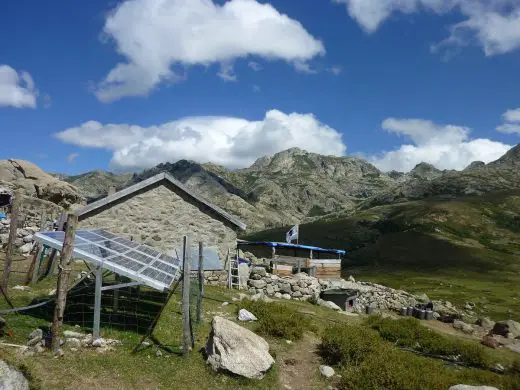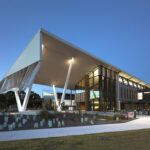Green Building Construction, Sustainable Architecture News, Eco Design 2019
Green building is taking over new construction
CO2 Emissions Reduction Concepts
5 ways green building is taking over construction
In the course of the last few years, the term green building, or green construction as it is also called, is attracting more and more attention. Green building goes far beyond the development of a building that is eco-friendly.
20 May 2019
Green building is taking over construction guide
The main idea behind green construction has to do with establishing those rules and conditions which will eventually lead to a more sustainable construction industry and a better planet for all of us.
More specifically, green building focuses both on the pre-construction and post-construction stage of a project and ensures that the newly built structure will be harmoniously incorporated in its natural surroundings.
Despite the great traction of green building, there are still many in the sector who ignore how big its impact is expected to be on the entire sector.
With that in mind, we did some research and we present below 5 ways green construction will eventually take over construction:
1. Better management of natural resources
First things first, a greener approach to the construction process will result in better management of the natural resources and, by extension, in less waste. Just by reducing, for instance, the use of water in the development of the numerous tasks you can make your project more sustainable and look after biodiversity.
Better management of natural resources signifies also that a better management of the available materials is ensured. So it’s not only about the quality of the materials used but how many of them are required for the successful completion of a project, as well.
Thankfully, the advent of digital solutions has played a decisive role in improving the material management process making sure that everything is delivered on site at the right time and place.
Like that, all field teams can have the materials they need when they need without wasting any resources or time.
2. Smaller carbon footprint
As a natural continuation of the first point, it goes without saying that a better management of natural resources will lead to a greener building process with a smaller carbon footprint.
Green construction relies on the adoption of building techniques which will allow the reduction of sound and air pollution both during the construction of the project and after its completion. This, in combination with less waste and increased use of renewable energy, could contribute to a more effective protection of the natural environment.
Furthermore, this coordinated effort for smaller carbon footprint will in the long run change the mindset of the industry concerning the location selection process. A plethora of parameters should be taken into account such as the ability to improve the broader surroundings (with the creation of bike lanes for example), the protection of the urban or natural habitat and sunlight exposure.
3. Shift to renewable energy sources
The gradually increased use of renewable energy sources is another area with great potential for the construction industry. The extended use of photovoltaic installations is one of the most representative examples in that direction.
Renewable energy sources can save the project owner a substantial amount of money and resources. In that sense, it’s seen as an investment which can be beneficial both for the economy of the building and the natural habitat per se.
The use of renewable energy sources can also be extended to the type of materials used in the construction process. In a nutshell, here are some innovative building materials that could be used in green building:
- Translucent wood
- Bricks made out of cigarette butts
- Self-healing concrete
- Bricks that can absorb pollution
- Furniture which is produced biologically
4. Built structures of high aesthetic value
As a rule, green building projects are based on a stricter nexus of specifications and requirements regarding the materials, construction techniques and equipment that can be used for their completion.
This results in a more demanding and, many times, more creative design process. The need for putting together a building that will be a perfect fit to its surroundings without disturbing the natural scenery can act as a catalyst for the emergence of a construction sector which put extra attention to the aesthetic quality of the newly built structures.
5. Positive impact on the post-construction usage of the building
Last but certainly not least, green construction is raising the bar in terms of living standards for the residents of the building. The well-being of the people who live or work in it are seen as a priority and, in the long run, this mindset can lead to a less stressful everyday life both on a personal and professional level.
Especially when we refer to the working environment, green offices can have a very positive impact on the productivity of the employees who work there. By offering people more spacious offices with more natural light and the option to engage themselves in a number of activities, the companies can make it easier for their employees to cope with their workload.
The discussion around cost
Cost is probably the number one objection when it comes to green building. There are some who see green construction as a nonviable financial option due to the potential high cost in the first phases of a project like that.
Nevertheless, this argument isn’t entirely accurate as it doesn’t take into account the substantial long-term returns from the use of a sustainable building. That’s why green construction should be perceived as an investment which can benefit both the people and the planet in the not so distant future.
Wrapping it all up
Is green construction the solution to all environment-related problems that the construction industry is currently battling against? That’s still too early to say but one thing is for sure. A shift toward green solutions in construction has already begun and it is expected to gain even more momentum as its benefits become more visible in the future.
On top of that, the fast progress of digital technologies is anticipated to accelerate this paradigm shift even more as the material management process and the communication between the site and the office are gradually improving.
About the author: Anastasios Koutsogiannis is a Content Marketing Manager at LetsBuild, an end-to-end solution for the construction phase.
Sustainable Architecture Archive
Sustainable Development Report News

image courtesy of Population Matters
Sustainable Architecture – Population Growth Drives Housing Crisis
Sustainable architecture aims to reduce the adverse effect of human activities on our world, particularly climate change.
Long Life, Loose Fit, Low Energy
Sustainable Design : article by Trevor Tucker
Sustainable Architecture Design : article by Trevor Tucker
Sustainable Buildings : Brief informal discussion re some of the issues
Comments / photos for the 5 ways green building is taking over construction page welcome






